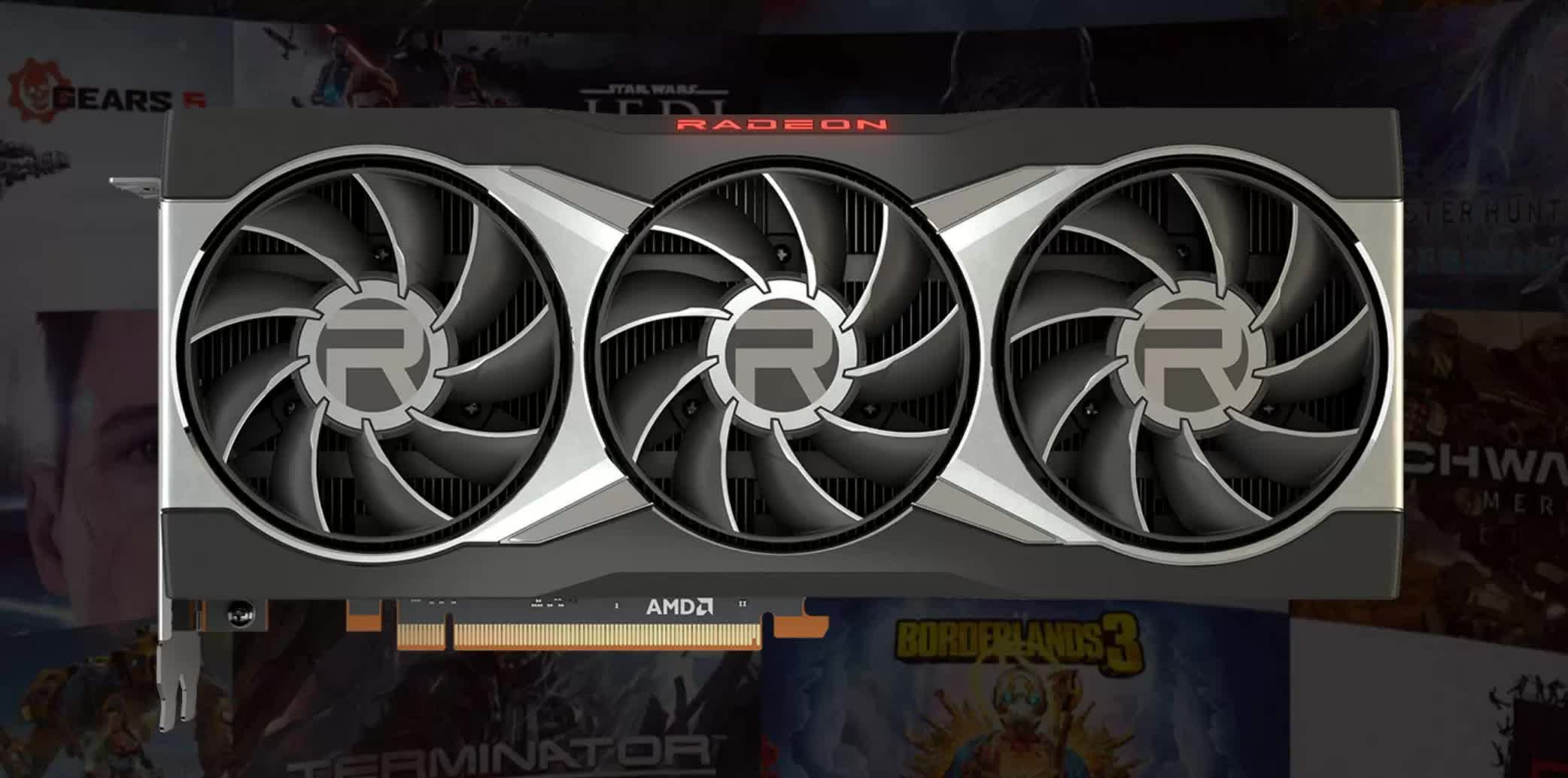Last time I checked the 6800 is starting at $579. The 3070 is starting at $499.
The 2080ti was the most expensive flagship until the 3090. Both ridiculous bad values.
Cards like the 5850 comfortably beat last gen flagships for $250. 7870 close to the 6970 and beat 5870.
GTX 660 close to the GTX 580 performance and that was on a generation where NVIDIA decide to call the 104 die a flagship instead of a midrange.
Even as recently as 2016 cards like the 1060 and 480 competed well with the 980 and 980ti for $250.
Mid range performance has been going down compared to previous flagships while the price has been going up.
All these 3070/3080 and 6800XT/6800 are $100-200 overpriced.
You mention that the 5850 comfortably beat last gen flagships for $250. It was actually $260, and it was 17% faster than the 4890 ($249) but 16% slower than the 4870x2 ($429). So it was slower than the previous generation's flagship.
The 7870 was $350 MSRP, 6970 was $369 MSRP, and the 5870 was $379 MSRP. The 7870 beat the 6970 by 10% and the 5870 by 20%. But the previous generation's flagship wasn't a 6970 or 5870, it was the 6990 or 5970, which beat the 7870 by 30-35% and 10% respectively.
1060 6GB AIBs were at the cheapest $250 but ranged up to $330 and were 15-20% slower than the 980 Ti, which MSRP'd at $649. But remember, it wasn't the top end card, the Titan X at $999 was the top card, and the 1060 6GBs were 25-30% slower than the Titan X. The 1060 6GBs were about on par with the 980, MSRP $549. In other words, a mid-range card from the 10xx generation was on par with a high-mid-range (or low-high-end) card from the 9xx generation.
If we look at Vega -> Navi and compare the 5600XT ($280) mid-range, it fell 25-30% shy of the previous generation's flagship $699 Radeon VII, but it's about on par with the Vega 56/64.
I am having a hard time seeing why there is so much gnashing of teeth over prices. Do people forget that the 6990 and GTX 590 were $699 in 2011 ($820 in today's $$) and the original Titan X was $999 ($1100 in today's $$)? Even the 5970 MSRP'd at $580, the GTX 580 at $500 (>$600 in today's $$).
The 3070/3080 and 6800/6800XT are only overpriced if they are mid-range cards, which I'd argue they aren't. Let's wait for the 6600XT before we start comparing current generation mid-range prices and performance to previous generations.
FWIW, I agree the 6800 is over-priced, but I feel $499-529 is a reasonable price for it.
6800XT at $649 is about right. And historically, so is the halo price of the 6900XT at $999.
This really has been par for the course since 2012 or so. If you look back all the way to at least the 600 series GeForce cards, it's been the case that you have an expensive halo card, and two top end cards priced really high just below it:
600 series - $400 for 670, $500 for 580, and $1000 for 690.
700 series - $649 for 780, $699 for 780 Ti, and $999 for Titan.
900 series - $549 for 980, $649 for 980 Ti, $999 for Titan X.
1000 series - $599 for 1080, $699 for 1080 Ti, $1200 for TITAN X
Same with AMD:
HD7000 series - $450 for 7950, $550 for 7970, $1000 for 7990
RX 200 series - $399 for 290, $549 for 290X, $1499 for 295X2
RX 300 series - $549 for R9 Fury, $649 for R9 Fury X, $1499 for the Pro Duo
RX 400 series - (aberration, the top card, the 480, was $239 but was slower than a 290X from three years prior)
RX 500 series - (same, RX 590 at $279 was slower than an R9 Fury X from three years prior)
Vega series - $399 for Vega 56, $499 for Vega 64, $699 for VII
RX 5000 series - $279 for 5600XT, $349 for 5700, $399 for 5700XT (again somewhat of an aberration without a halo card or the top tier performance to justify higher prices against the RTX 2000 series)
So what does this say?
For the last ~8 years, the script is the same - an expensive halo card and 1-2 high end cards right below it. This is the case with RDNA2 with the 6800 (~GeForce xx80), 6800XT (~GeForce xx80 Ti), and 6900XT (~GeForce Titan). We also see continuous progress in the mid-range (which I'll leave you to review in detail on your own), but in the past there was not the kind of leaps-and-bounds improvement you claim (mid-range beating the flagship from the previous generation). At best, the mid-range is about on par with the 2nd or 3rd best card from the previous generation.







